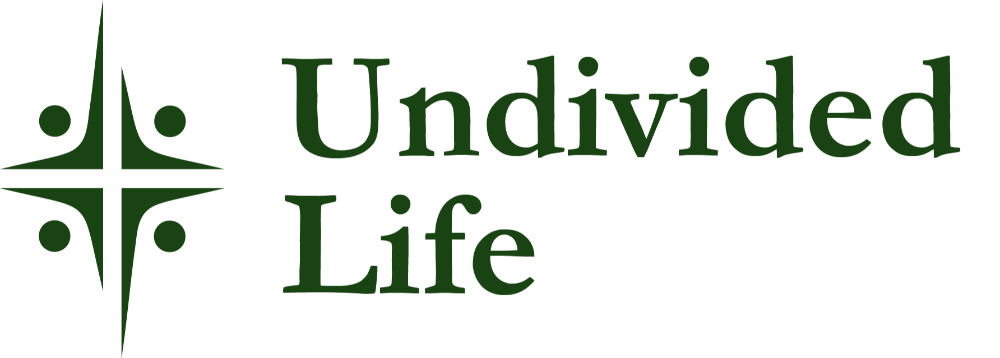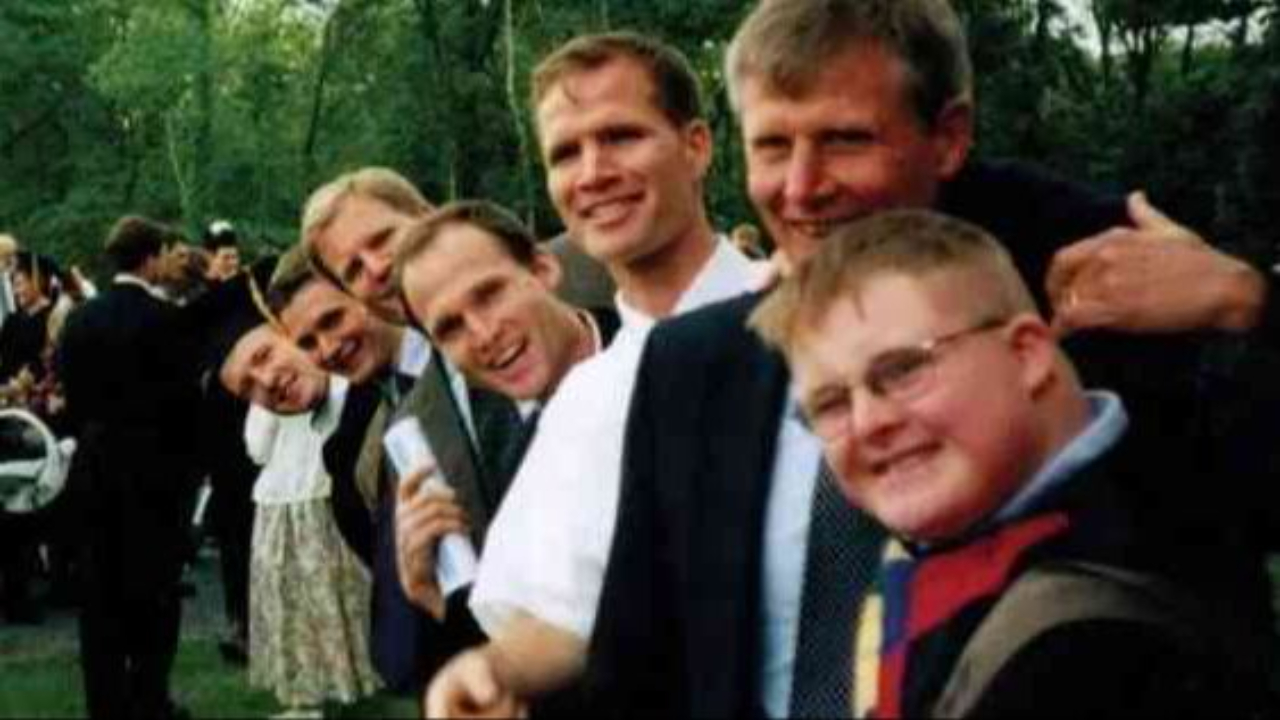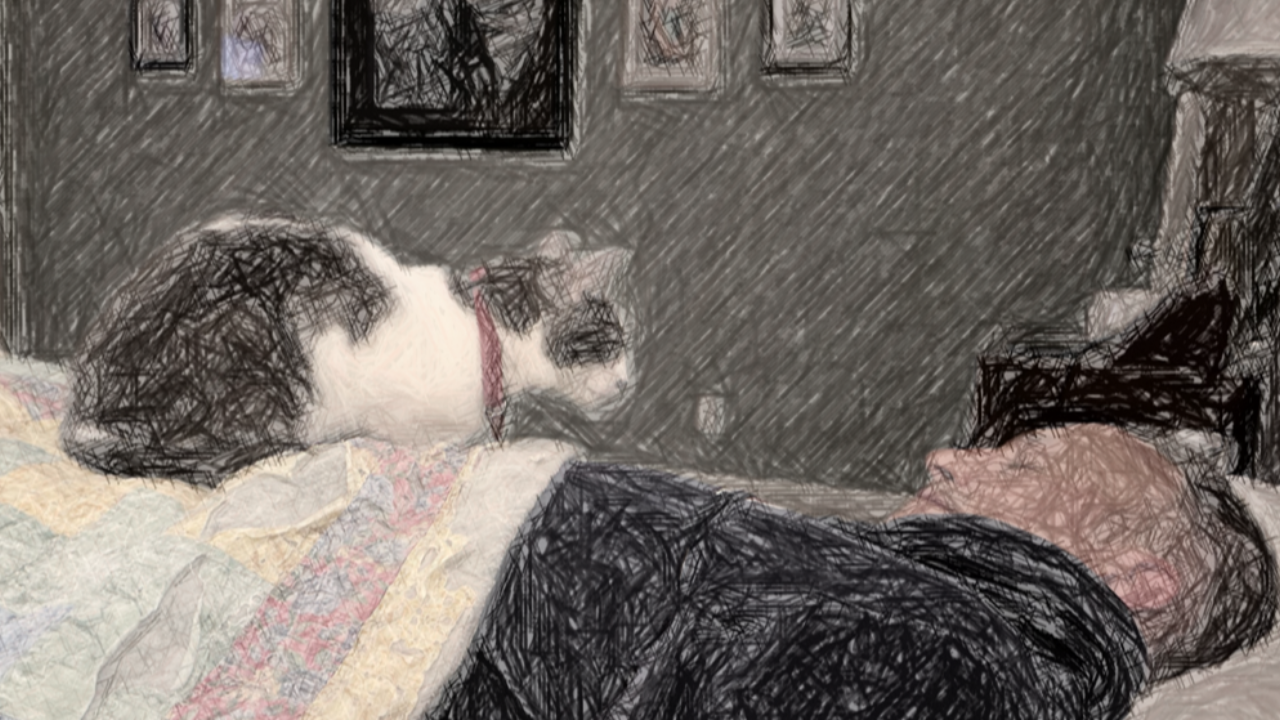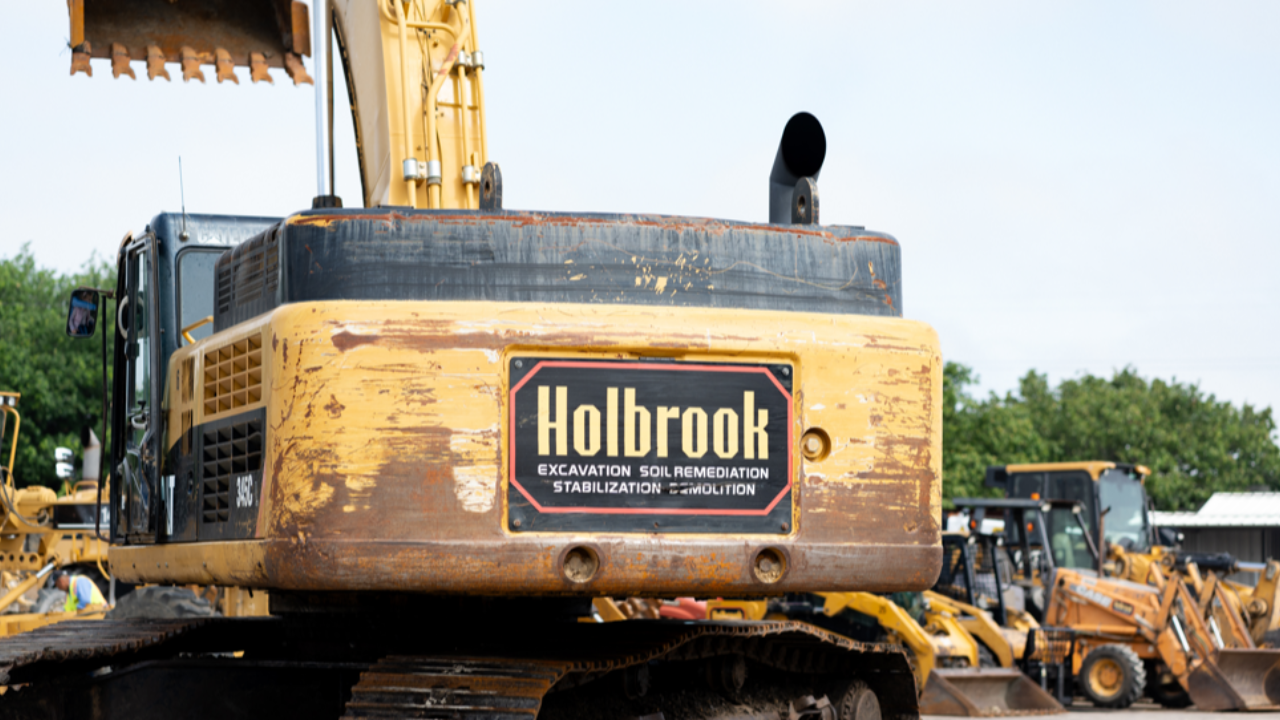Would You Like To Fight in the Parking Lot After Work?
Nov 24, 2024
“I can’t believe your team is attempting to automate part of my job. Meet me in the parking lot after work, and I’ll show you what I think of your plan.”
I was reading an email invitation to an after-work fistfight from one of our business unit leaders and reflecting on where this relationship went sour. We were busy building the electricity industry’s best online pricing portal, and now I was facing the reality that several of our teammates were not on board. What could I have done differently leading up to this moment? How could I repair this relationship in a meaningful way to keep the momentum going?
It was 2008, and the digital age was in full effect. We were running a deregulated electricity company that served 250,000 clients in Texas with antiquated systems and processes. Our lack of technology seriously limited our ability to grow the commercial side of the business. We could price and credit check about 30 potential clients each day, but we knew that hundreds or thousands of clients were making contract decisions at that same time.
A small group of us envisioned a future in which repetitive processes and matrix-style decisions would be automated and delivered to clients, salespeople, and energy brokers in whatever fashion they preferred. The successful launch of this technology would mean that the human beings at our company would be needed for more meaningful and engaging work rather than simply loading up and running complex Excel models.
Unfortunately, a new obstacle was blocking the path forward. A few of our teammates felt threatened by the project, and even though I strongly disagreed with the “let’s fight” approach, their grievances were still valid and deserved our care and concern. Had we taken the time early in the project to include each department in our brainstorming sessions, gathering their input and concerns, we could have enrolled them in the shared vision that included higher throughput and the need for more human labor and more fulfilling work.
But that never happened. Our project started as a “let’s see what’s possible” dream session and quickly became our primary strategy for near-term and long-term growth. When that switch happened, we never went back to the basics to enlist the help and support of others. When the fistfight offer came, we regrouped and did the next best thing. We slowed down, reset the table, and ensured every stakeholder felt heard and valued.
What happened next?
First, I’m happy to report that I never got beat up.
I also witnessed the power of a team that moves from a protectionist mindset to a place of partnership. Within twelve months, we had an operational portal that serviced the internal and external needs of our commercial sales efforts. Instead of limiting our pricing to 30 or so potential clients, we started pricing over 4,000 accounts daily, positioning our company as the industry's fastest and most helpful option.
The strategy worked, and our company experienced twelve consecutive quarters of double-digit growth in MWhs served by the commercial sales department. Compounding growth is a game changer. When the company sold three years later, the final sale price was much larger than expected, and this best-in-class technology was noted as a primary reason for the premium valuation.
What lesson did I learn in this process?
Slow down to speed up.
When we take the time to get others involved in the vision and plan for a big project like this, we can avoid the heartaches (and fistfights) that may prevent progress in the future.



